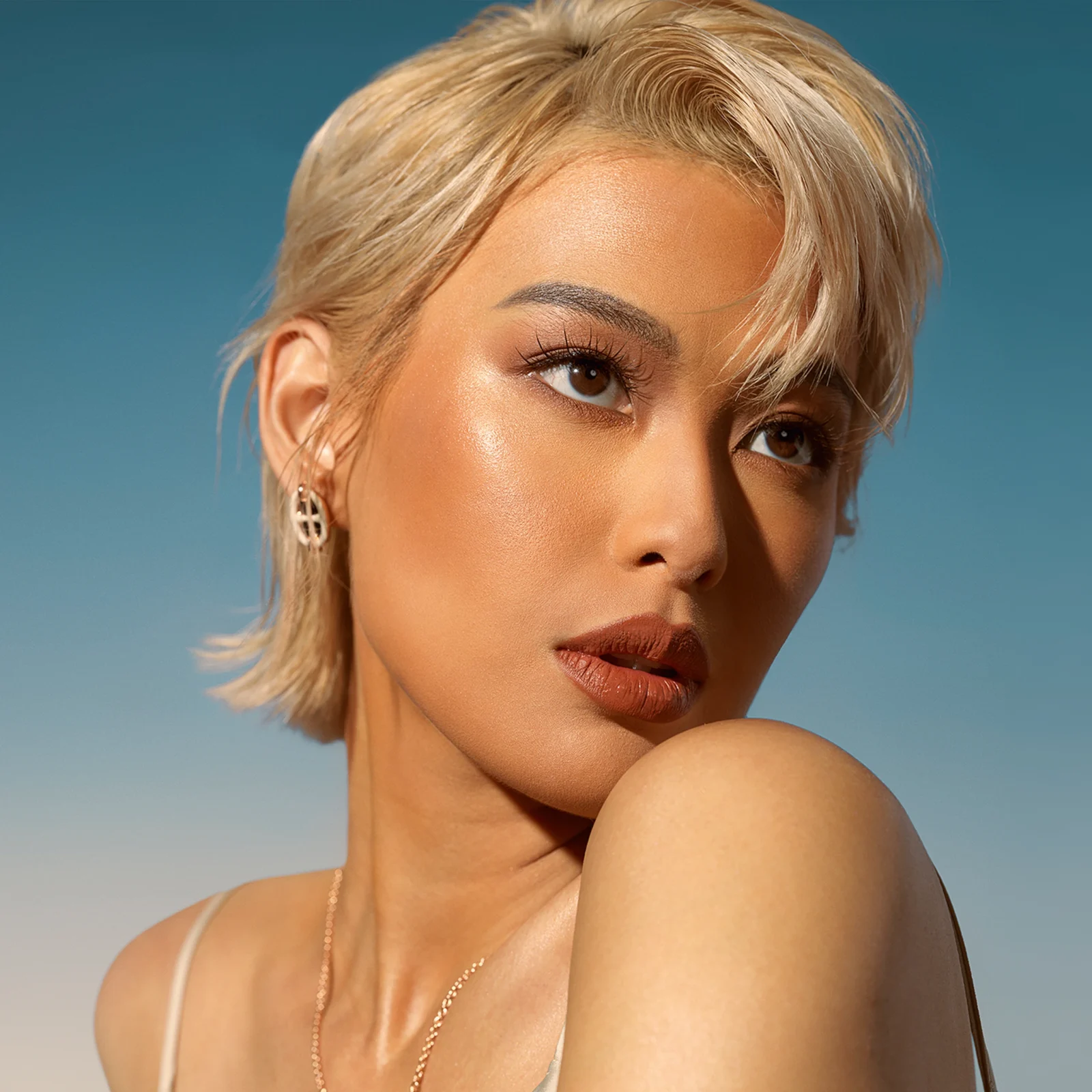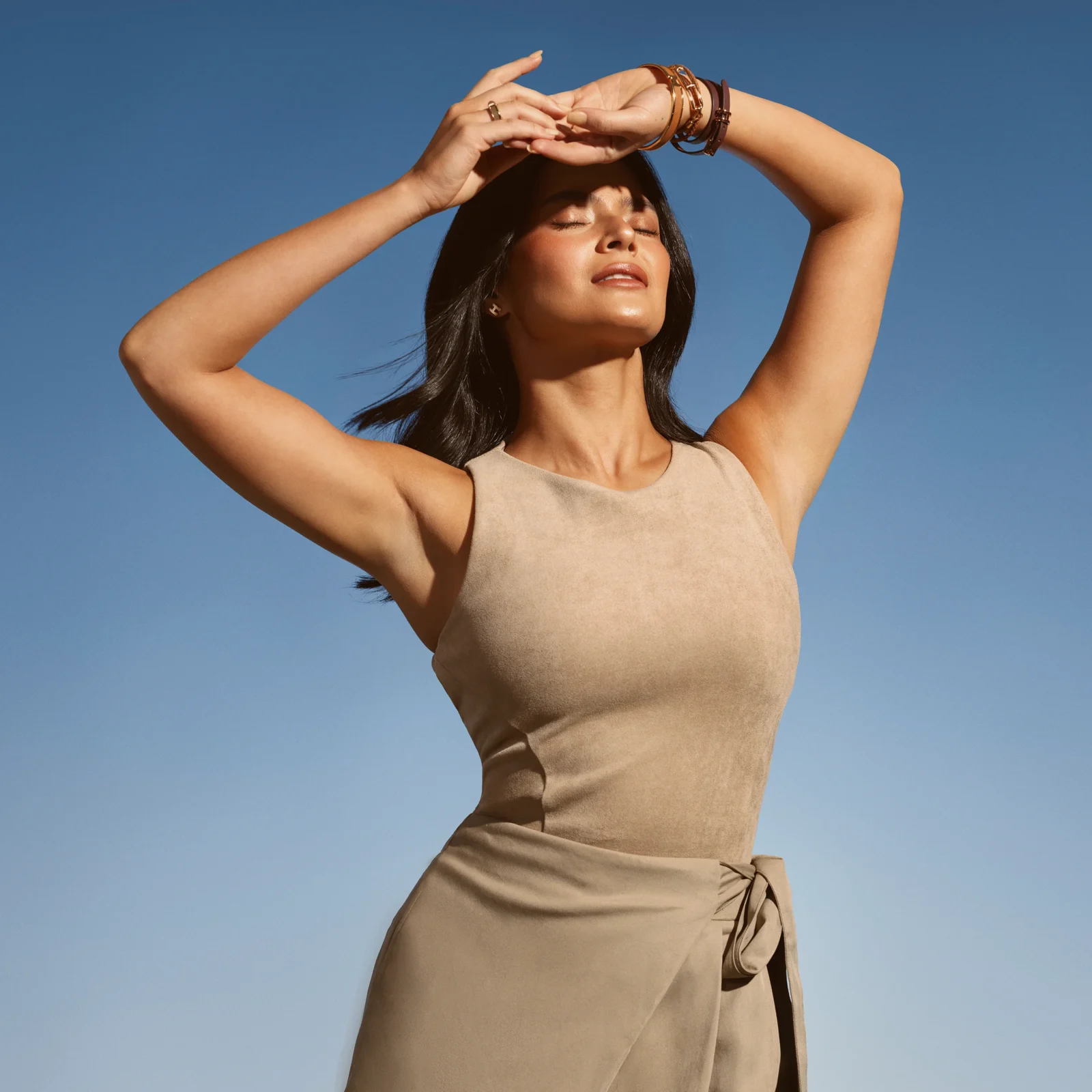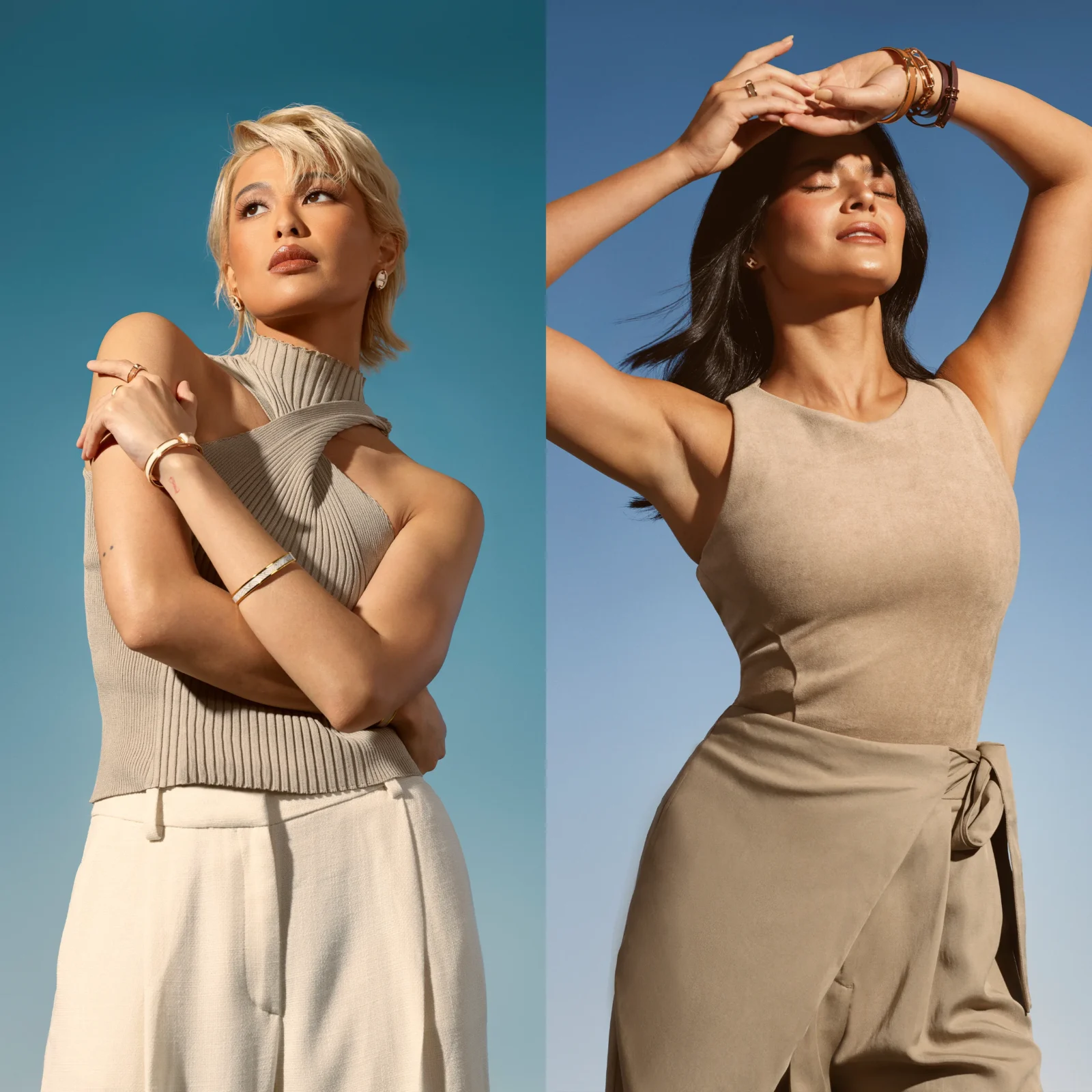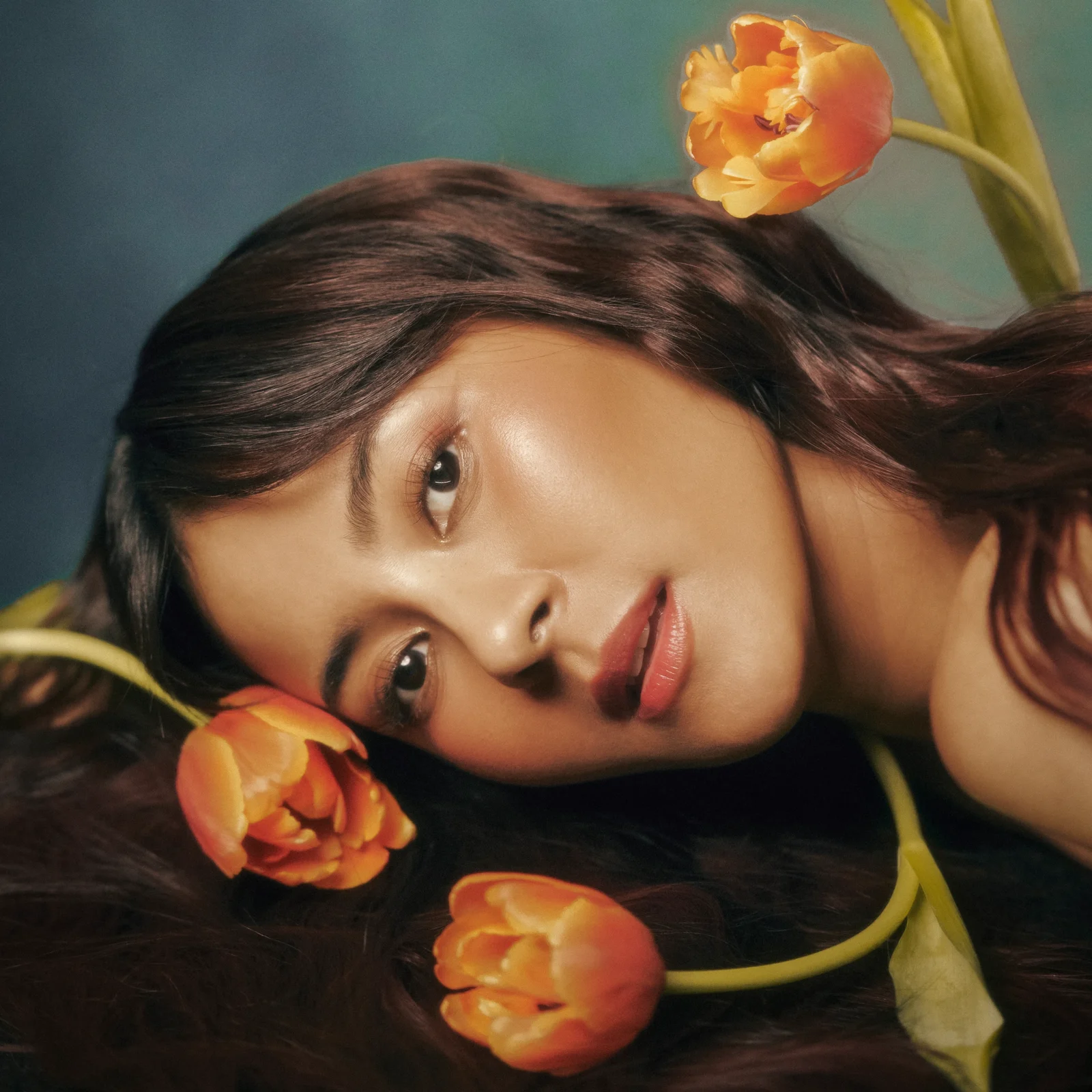The Beauty of Brown
Seven icons in Philippine showbiz showcase—and flaunt—their morena skin tone.
By Lia Cruz
Photographed by BJ Pascual
It seems the tides are shifting.
In previous decades, upon switching on a television in the Philippines, you’d find a bevy of fair-skinned, bright-eyed beauties smiling from the screen via the onslaught of noontime shows, teleseryes, sitcoms, and advertisements.
In recent years, however, as the way media is consumed has changed, the faces on screen have as well, this time smiling from smartphones and tablets and laptops. They are still bright-eyed. Some are still fair-skinned. But not all. Many, in fact, have skin in different shades of brown. Some are closer to ebony. Their hair varies in color and texture; their shapes and sizes are all different. One thing remains the same: They are all beautiful.
In the same way we can feel the wind shifting before a storm bears down, we can sense the change of direction in our culture as a whole. “Representation” and “inclusivity” are now buzzy words, thanks, in large part, to the younger generation. In a country which has never quite escaped the clutches of colonial mentality, the concept of beauty has not always been inclusive. Beautiful has mostly been equated with fair. But now, those who are not fair—the morenas—finally have a piece of the pie.
And that is what brings us here, on a Saturday afternoon, to a never-been-done-before photo shoot celebrating the morena. But the women gathered here are not your average morena. The women here are veterans of the modeling and showbiz industries, moving with such grace and authority, the kind that comes from seeing seasons change in the public sphere.
Their skin glistens in all shades of caramel, and as they preen expertly for the camera, they squeal as they catch up on each other’s lives, gushing how honored they are to be part of this lineup. These women—Angel Aquino, Iza Calzado, Tweetie De Leon-Gonzalez, Mylene Dizon, Wilma Doesnt, Bianca Gonzalez, and Agot Isidro—have, through the years, stood as pillars of Pinay beauty, standouts in the sea of snowy white skin that was the previous definition of “maganda.”
Each woman is here because she has always been proud of her morena skin, expressing nothing but love for it in public. They have been looked to as role models, sometimes beacons of hope, for the typical morena.
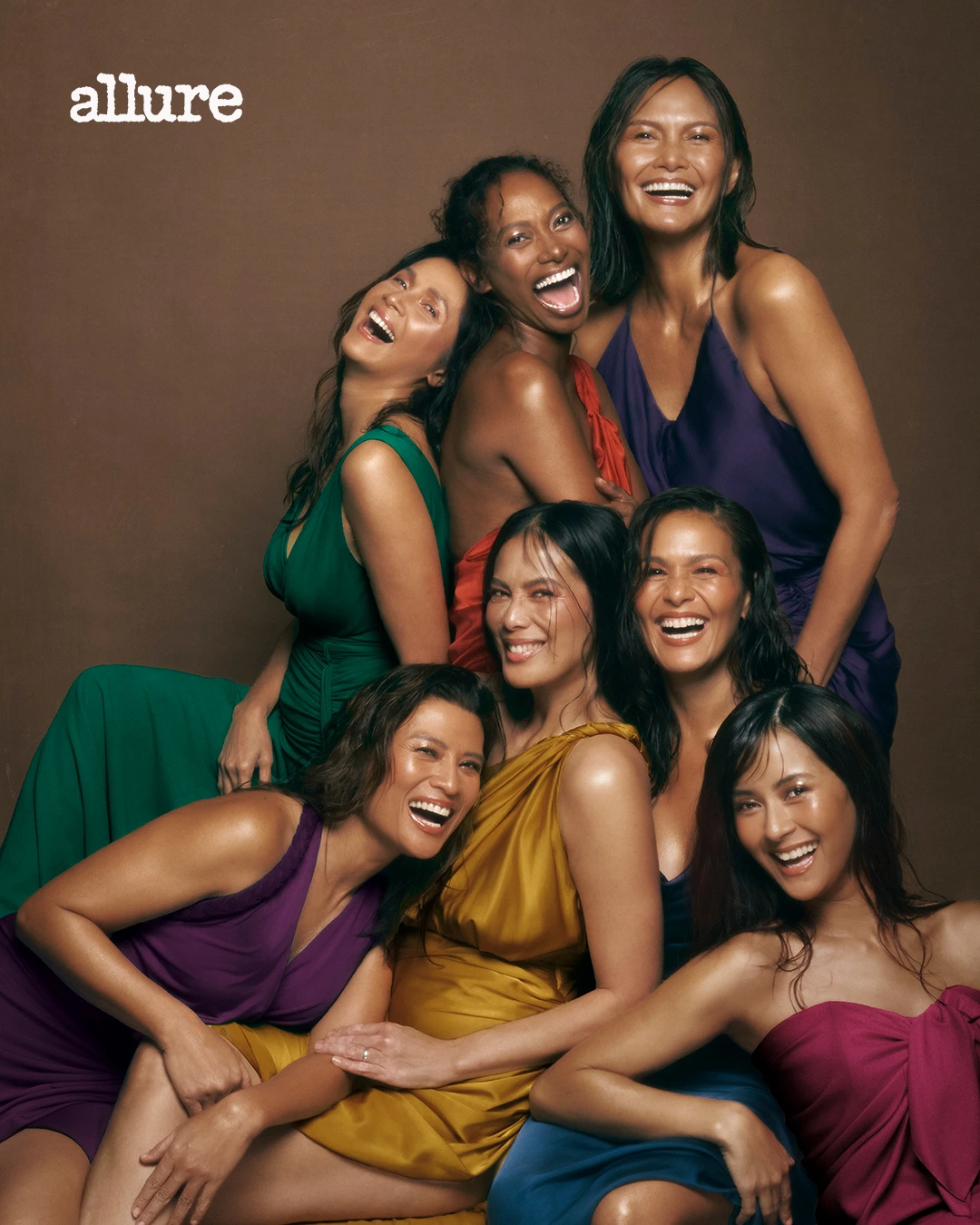
BJ P
It hasn’t been easy. While most of them share that their skin tone never really mattered growing up, a handful have stories to tell. Doesnt, whose skin is the darkest of the lot, was bullied and teased every step of the way—from childhood up until she started modeling and acting. Gonzalez, as well, says she was taunted “Maitim, maitim, maitim!” and “Negra, negra, negra!” in school. And Isidro shares that beside the rest of her mixed-race family, she was always the literal dark horse.
These women are also trailblazers. The modeling scene embraced De Leon-Gonzalez and Aquino’s skin, turning them into the toast of the land. Dizon, Isidro, and Calzado were singled out as actresses who did not succumb to changing themselves just to fit into a certain stereotype.
To hear them compare the 90s and early 2000s to the current era is heartening. They have all noticed more diversity, more inclusivity, more representation. Beauty brands, local at that, have also begun catering more to morenas. Isidro says that people are kinder now, and more welcoming. De Leon-Gonzalez points out that we can learn so much from the younger generation, and says that the pressure to conform shouldn’t even be a point of contention anymore—the world has changed so much that everyone is now accepted. Dizon, Doesnt, Gonzalez, Aquino and Calzado all underscore the significance of representation for children, a matter personal to them, since they are all mothers.
We asked each of them to define “morena pride.” Though they each had different answers, it ultimately boils down to one thing: loving the skin they are in. The tides have indeed shifted.
All hail the morena.
ANGEL AQUINO
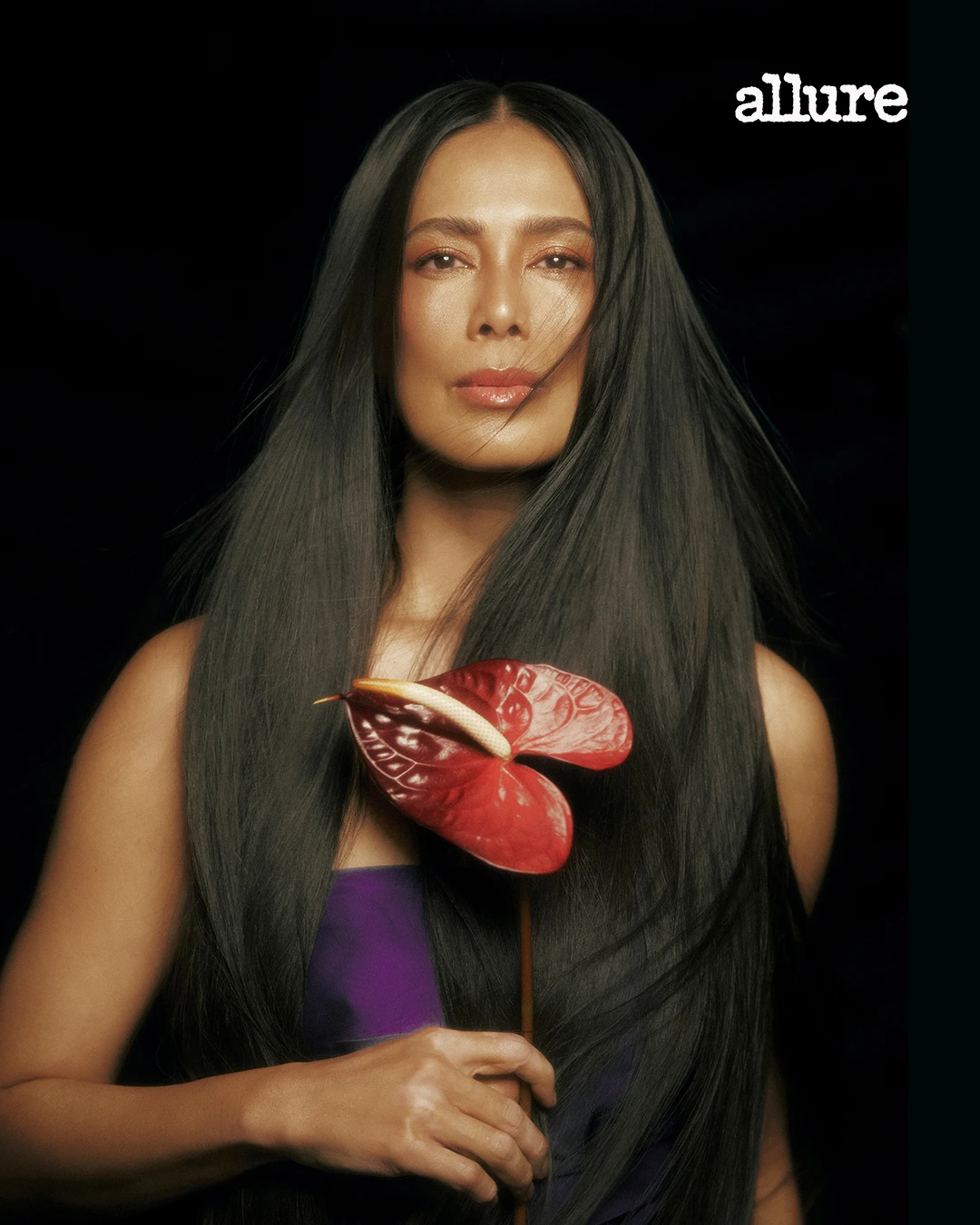
“Morena pride is being confident in your brown skin. And owning it. And celebrating it.”
Angel Aquino is on a healing journey. Her legendary dusky skin tone is now dotted with patches of white—caused by vitiligo, an autoimmune condition wherein skin loses color. What started as one white spot on her hand during the pandemic multiplied. “The dermatologist said it was vitiligo,” she says. “There’s no cure for it.”
It’s been difficult. “Last year, I had a very tumultuous relationship with myself,” she shares. To manage the stress often associated with autoimmune conditions, Aquino does yoga, meditates, and prays. Her peace has begun, with the sparkle back in her eyes and her brown skin glowing, white patches and all.
AGOT ISIDRO

“It’s confidence, and learning to love it. Embrace it, affirm it, and just enjoy it.”
Agot Isidro has always felt different. She felt it growing up, with her fair-skinned siblings, and in showbiz in the ‘90s. Although she was never made to feel ugly next to all the mestizas, she just felt different, even briefly experimenting with glutathione. But Isidro, who is pushing 60, says aging changed things. “When you get older, you don’t think about what people say anymore. This is how I look. I like the person that I see,” she says.
To other morenas, she says, “Embrace the skin you’re in. You hear it all the time, but that’s all I can say. You can change your look, but how you see yourself, that’s up to you.”
IZA CALZADO

“When you say morena, it’s about the Filipina skin tone. Morena pride is about being proud of your roots, the color of your skin.”
Iza Calzado is someone who has been very open about her body struggles and insecurities. But when it comes to her skin color, her only issue with it is that she is utterly enthralled by it. Calzado has had a brand put white foundation on her skin, so she would look whiter in their TV commercials. She’s had people tell her, “Do you ever think of how much more beautiful you’d be if you were whiter?”. She, however, remains steadfast: “‘Yun yung definition nila of what’s beautiful. But ako, I love my skin color!”
MYLENE DIZON

“I’m not even thinking about shame or pride. Morena pride is not even thinking about it—it’s just being happy in your own skin.”
Mylene Dizon is excited about this shoot. “I’m so tired of hearing ‘You’ll look prettier if you’re whiter.’ Or ‘If you’re dark, you’re ugly.’ I hate that. And we should be careful kasi tumatatak sa mga bata ‘yan,” she says. Dizon has always been called one of the few morenas in showbiz. Not that it matters. She’s always embraced her skin tone. “I travel a lot to surf. I see mga Pilipina from all over the country and, man, ang ganda natin. Ang ganda ganda ng kulay natin,” she says. “I want more people to be proud of the skin tone that we are born with.”
BIANCA GONZALEZ
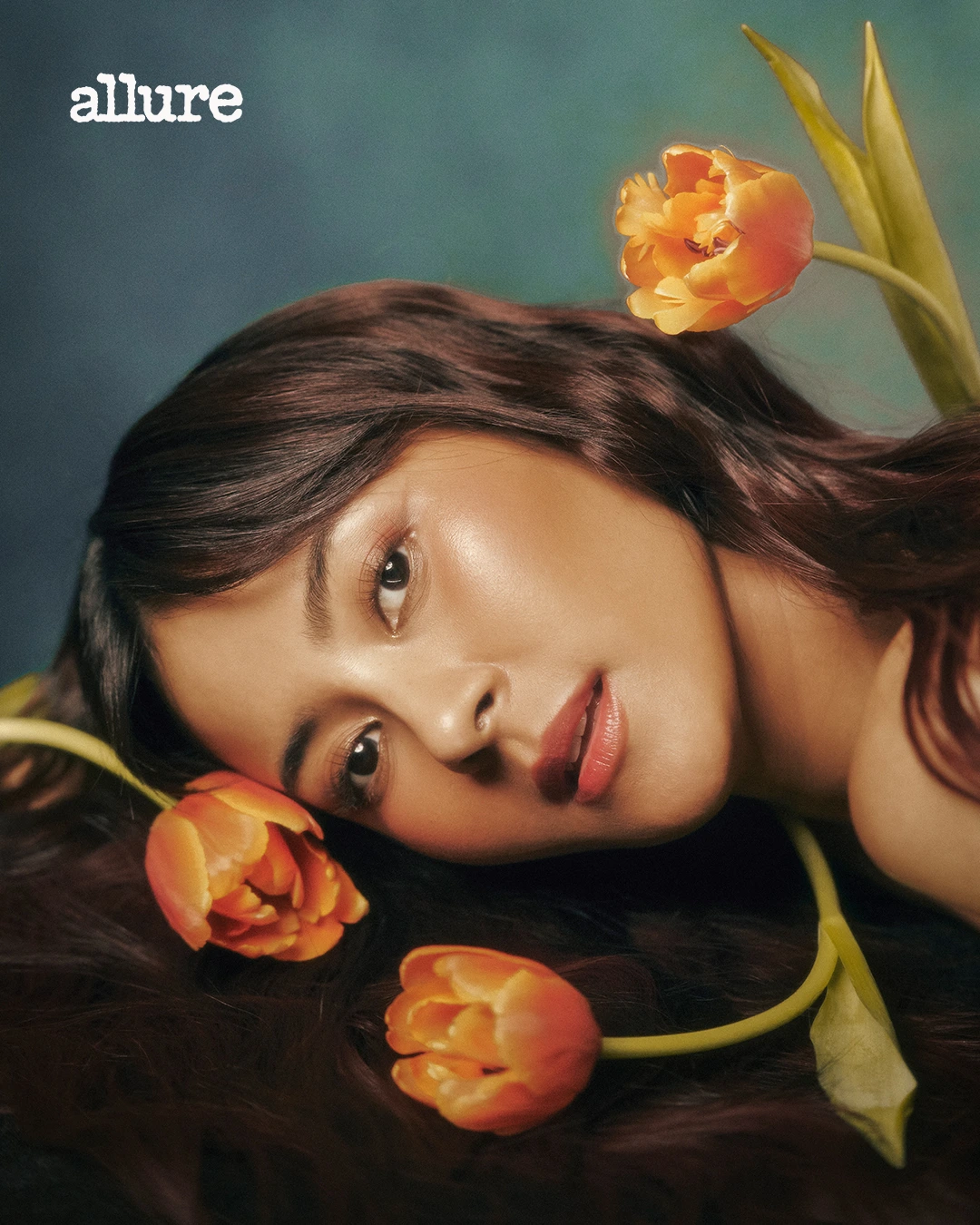
“A proud morena is someone who celebrates her brown skin, and doesn’t let anybody make her feel like she has to lighten or whiten.”
Bianca Gonzalez’s two daughters, aged six and nine, have both inherited her morena skin. It’s clear that when she talks about representation and inclusivity, she does it with them in mind. Our obsession with fairness, she says, doesn’t make sense. “It’s so bizarre na majority of the country looks like this, and yet it’s looked down upon,” she says. “The more visible and vocal we are, the more it normalizes things for some young girl, somewhere, being bullied for being dark, so she doesn’t have to think na kailangan niyang magpaputi.”
WILMA DOESNT

“May nag-offer sa akin ng whitening deal. I said no. I don’t want my children to think na dahil morena, kailangan i-alter, na kung dark-skinned ka, hindi ka beautiful.”
Wilma Doesnt bursts with pride about her skin, and everything she’s had to endure because of it. She’s been bullied relentlessly, relegated to certain roles, told to whiten herself, and even told “Ang ganda mo sana, kaya lang ang itim mo.” (You would have been beautiful, but you’re dark.”)
Modeling changed her mindset. “Kapag hindi ko minahal sarili ko, sino mageembrace sa akin? Nobody, kasi kahit ako, I don’t believe in my color eh!” The shift in culture brings her joy: “Sana ten years from now, wala nang mabubully na Pilipino.”
TWEETIE DE LEON-GONZALEZ

“Morena skin really, in all honesty, is something to be proud of. I love the glistening effect it evokes. It’s so unique, so distinctive, so alluring.”
For all the acclaim her morena skin has gotten, Tweetie De Leon-Gonzalez has never thought too much about it. She has never let it stop her from living the active lifestyle she loves, nor has she ever let offhanded comments get to her. Instead, she is full of hope for the point we are at now in history, where people are more open to diversity. “We’ve developed so much,” she says. Whether it’s skin color, height, weight, I don’t think it’s a point of contention anymore. It’s really a free world we’re living in. We’re all on even ground.”
Photographer: BJ Pascual. Makeup: Juan Sarte (Aquino, Isidro, Doesnt), Gery Penaso (Calzado, Dizon, Gonzalez), Jigs Mayuga (de Leon-Gonzalez). Hair: Renz Pangilinan (Aquino, Calzado, Doesnt), Paul Nebres (Isidro, Dizon, Gonzalez), Cats del Rosario (de Leon-Gonzalez). Fashion styling: Maica Tady of Qurator, assisted by Claire Fernando, Shark Tanael, and Bea Panganiban.
- Angel Aquino on Her Quietest Battle Yet—and Why She’s Ready to Speak
- Wilma Doesnt Was Told to Whiten Her Skin. Instead, She Made History in It.
- Bianca Gonzalez Grew Up Teased for Her Skin—Now She’s Making Sure Her Daughters Never Feel the Same
- Mylene Dizon on Why She’ll Never Trade the Sun or Her Skin for Anyone’s Beauty Standards
- How Iza Calzado Fell Head Over Heels for Her Morena Skin
- Tweetie de Leon-Gonzalez Didn’t Let Color Define Her—and Now, the World Is Catching Up
- Agot Isidro Didn’t Always Love Her Skin—But She Does Now
- KEYWORDS
- morena
- morena icons
- morena manual
Latest Stories
You might also like
To provide a customized ad experience, we need to know if you are of legal age in your region.
By making a selection, you agree to our Terms & Conditions.



